Art & Exhibitions
A Contested Artifact Suggests Jesus Had a Brother. It’s Now at the Center of an Immersive Biblical Exhibition in Texas
The object's lender was previously tried and acquitted of forging artifacts.
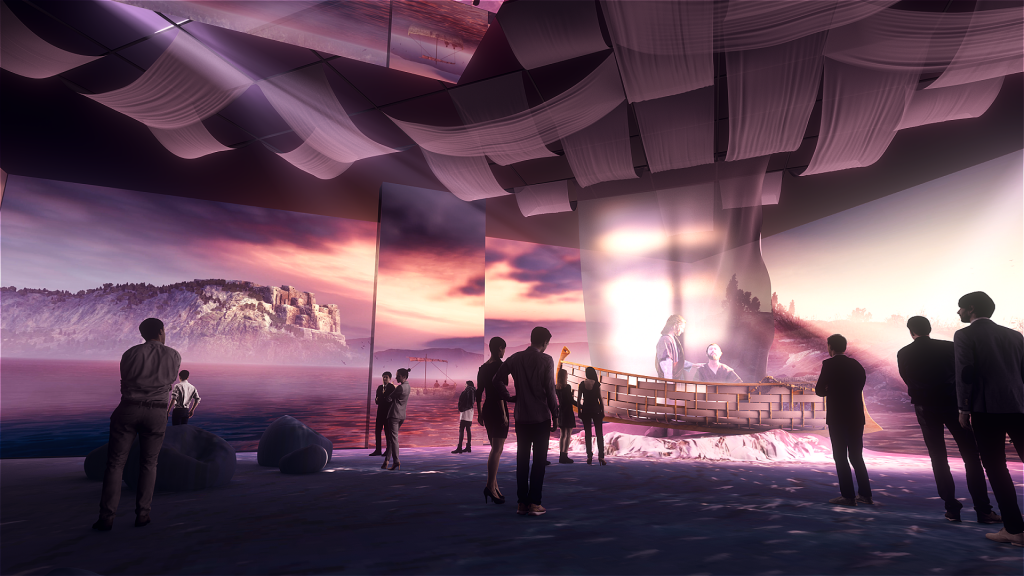
The object's lender was previously tried and acquitted of forging artifacts.

Richard Whiddington

Since their emergence a decade ago, immersive exhibitions have been pitched as the ideal vehicle to tell humanity’s greatest stories. Visitors have been ushered inside the kaleidoscopic mind of Vincent van Gogh, through the depths of the cosmos with NASA, and back into the world of Egypt’s greatest pharaoh, Ramses II.
The premise, it seems, is that to truly understand the world and its biggest figures, looking isn’t enough—a full sensory experience is required. Well, it doesn’t get much bigger than the life of Jesus and now visitors to a Dallas, Texas, multiplex can travel back 2,000 years and experience the prophet’s life.
“The Nazarene” deploys the full complement of immersive tricks to recreate 19 episodes from the New Testament’s account of the life of Jesus including the nativity, his baptism, and his ultimate ascension into heaven. There are big screens, atmospheric lighting, panoramic sound, and 3D sets with the experience spread across five galleries.
“It’s a pioneering approach to immersive experiences. While the 360-degree projection forms the core, we’ve layered in spatial audio, practical effects, and curated set elements— like adding layers to an onion,” said Executive Producer Robert Bagdassarov. “To our knowledge, there are no other shows of this kind in existence.”
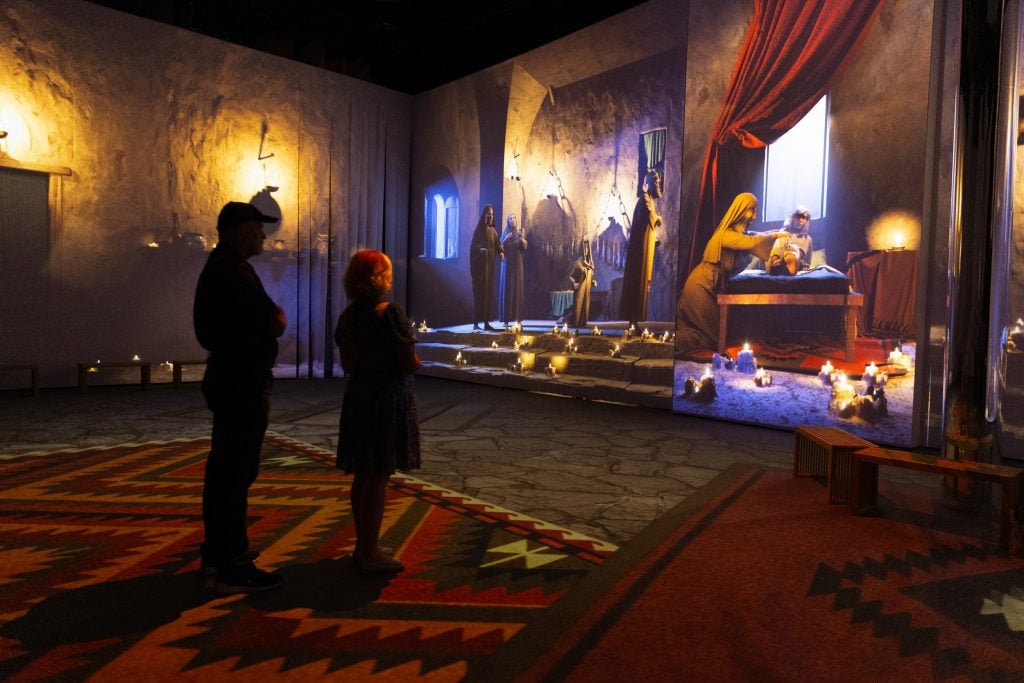
An installation view of “The Nazarene.” Photo: Courtesy of Tellem Grody PR.
As proclaimed on the exhibition’s website: “You will enter the holy lands of Galilee and Israel. Feel the hot air of the Judean desert and the cool breeze of the Jordan River. Witness miracles and betrayals.”
In some ways, the greatest wonder is that it has taken so long for an immersive spectacle of Christianity to appear. The investor and organizer is Alpine Artists, a reclusive company without a functioning website that describes itself as a “trailblazing production house” with a “stellar reputation for delivering not only enjoyable but also profoundly meaningful experiences.” Tickets are $39 per person.
The immersive component of the exhibition only comprises one part of “The Nazarene” experience. For an extra $30, visitors can also take in “Discover Jesus,” a more traditional and tangible survey, showcasing 300 artifacts from the Holy Land.
Most of the artifacts on display are fairly standard archaeological fare, selected for their material details that can help bring to life the world Jesus and his disciples inhabited. There are period pottery works, fishing hooks from the Sea of Galilee, nails “similar to those used in the crucifixion,” and silver coins, the likes of which were handed over in the course of Jesus’s betrayal by Judas.
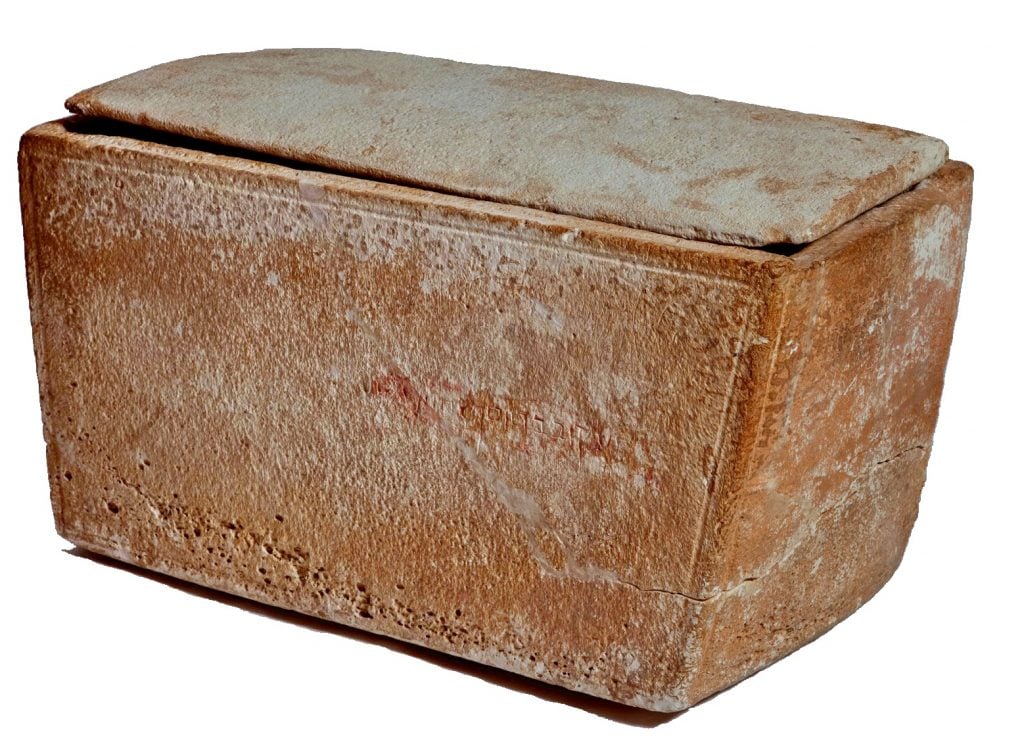
The James Ossuary. Image: courtesy Oded Golan.
However, the headline artifact, along with its lender Oded Golan, are rather more controversial. It’s called the James Ossuary, a 1st-century limestone box that some have claimed once held the remains of Christ’s brother, James. This attribution stems from the presence of the inscription “James, son of Joseph, brother of Jesus” carved in Aramaic. Experts don’t refute the age or function of the ossuary, but rather that its connection to Jesus is a modern alteration.
In the early 2000s, Golan was tried and acquitted of forging artifacts in an Israeli court; the judge refused to rule on the ossuary’s authenticity.
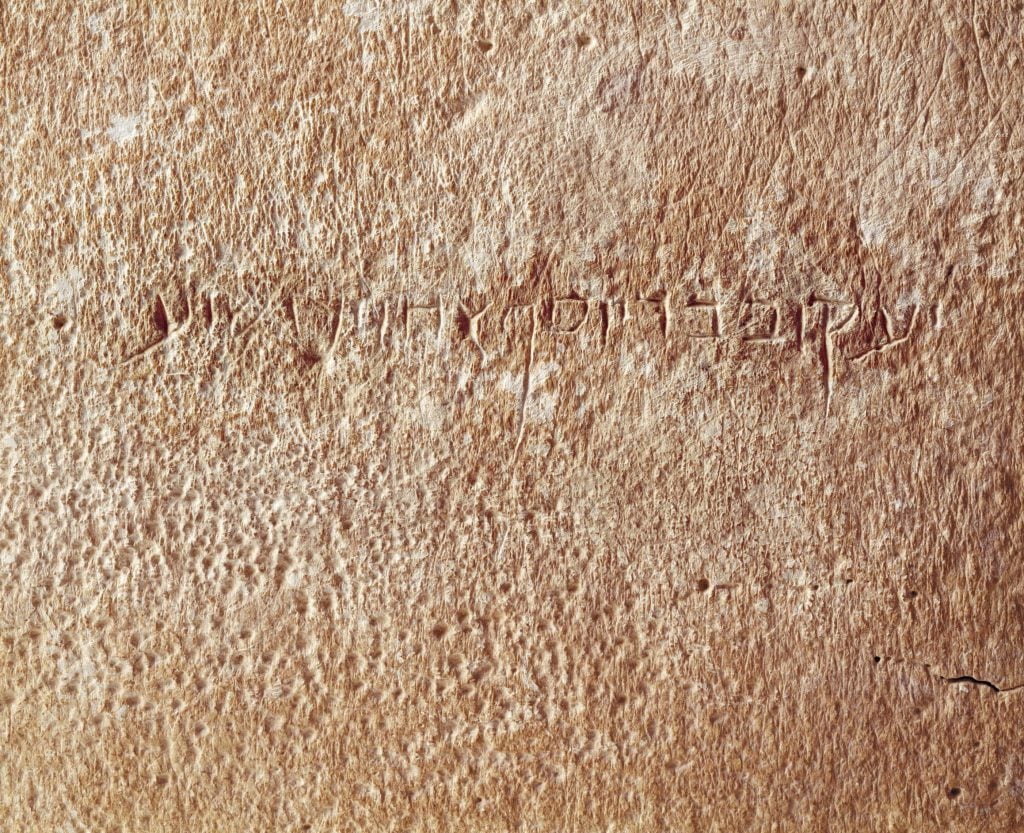
The James Ossuary inscription noting a brother of Jesus. Photo: courtesy Oded Golan.
Naturally, none of this is mentioned in the exhibition’s promotional materials but, with the ossuary making its first appearance in the U.S., it’s a rare opportunity for Americans to decide for themselves. And with Bagdassarov eying future destinations across Latin America, Asia, and Europe the opportunity may fall to many more.
See more images of “The Nazarene.”
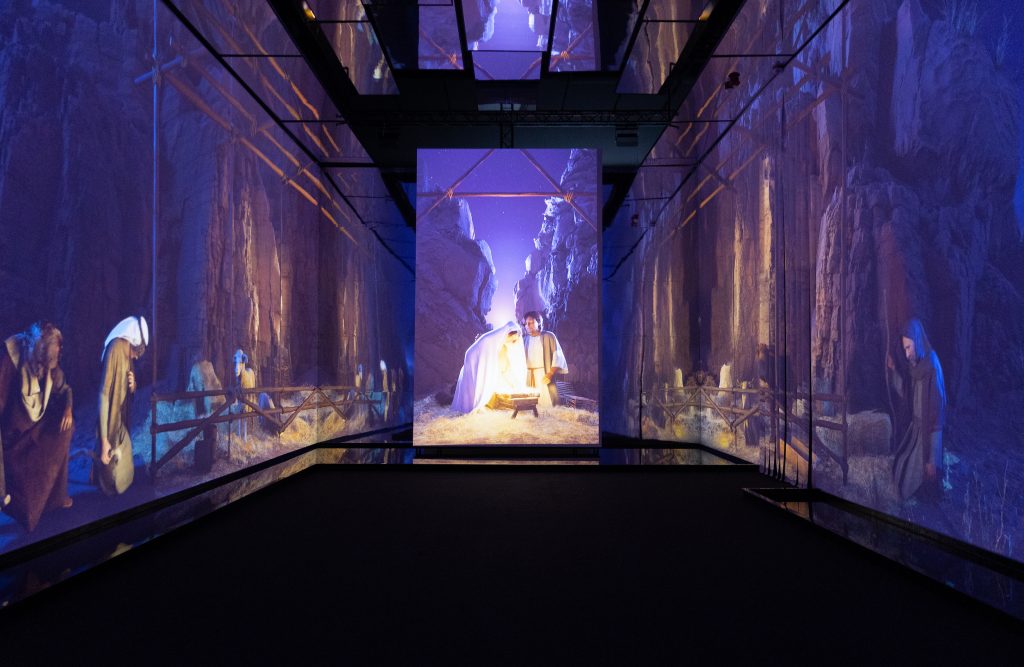
An installation view of the exhibition. Photo: Courtesy of Tellem Grody PR.
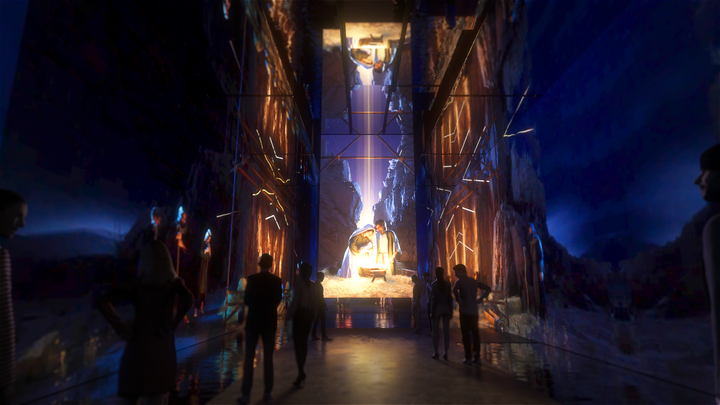
The Nativity scene at “The Nazarene.” Photo: Courtesy of Tellem Grody PR.
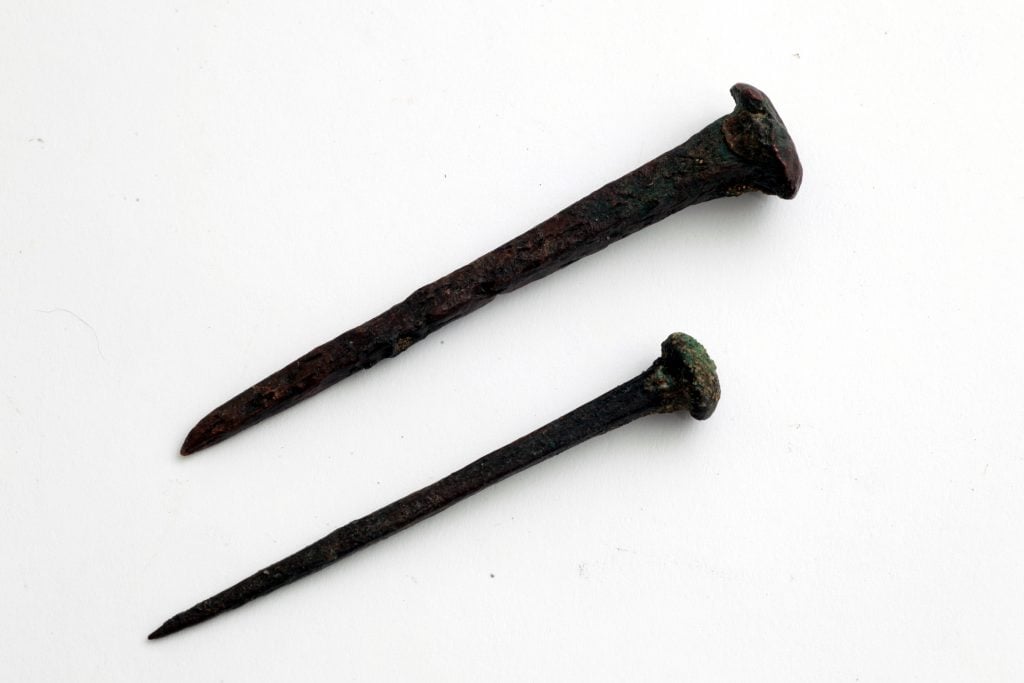
Nails, the likes of which would have been used to crucify Jesus. Photo: Oded Golan.
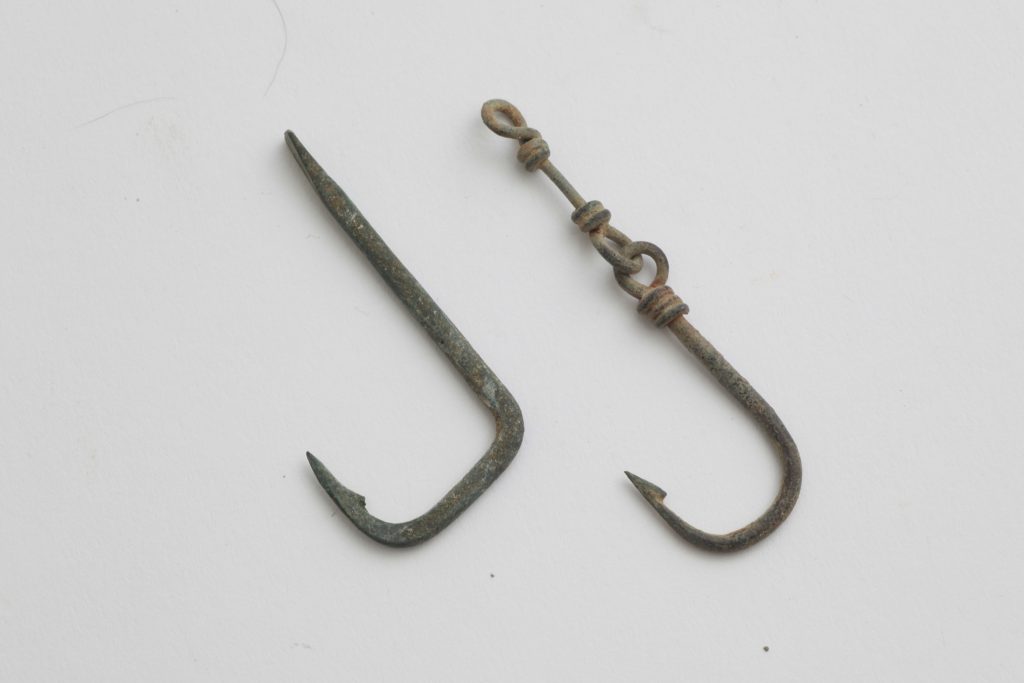
Fishing hooks from the Sea of Galilee. Photo: Oded Golan.
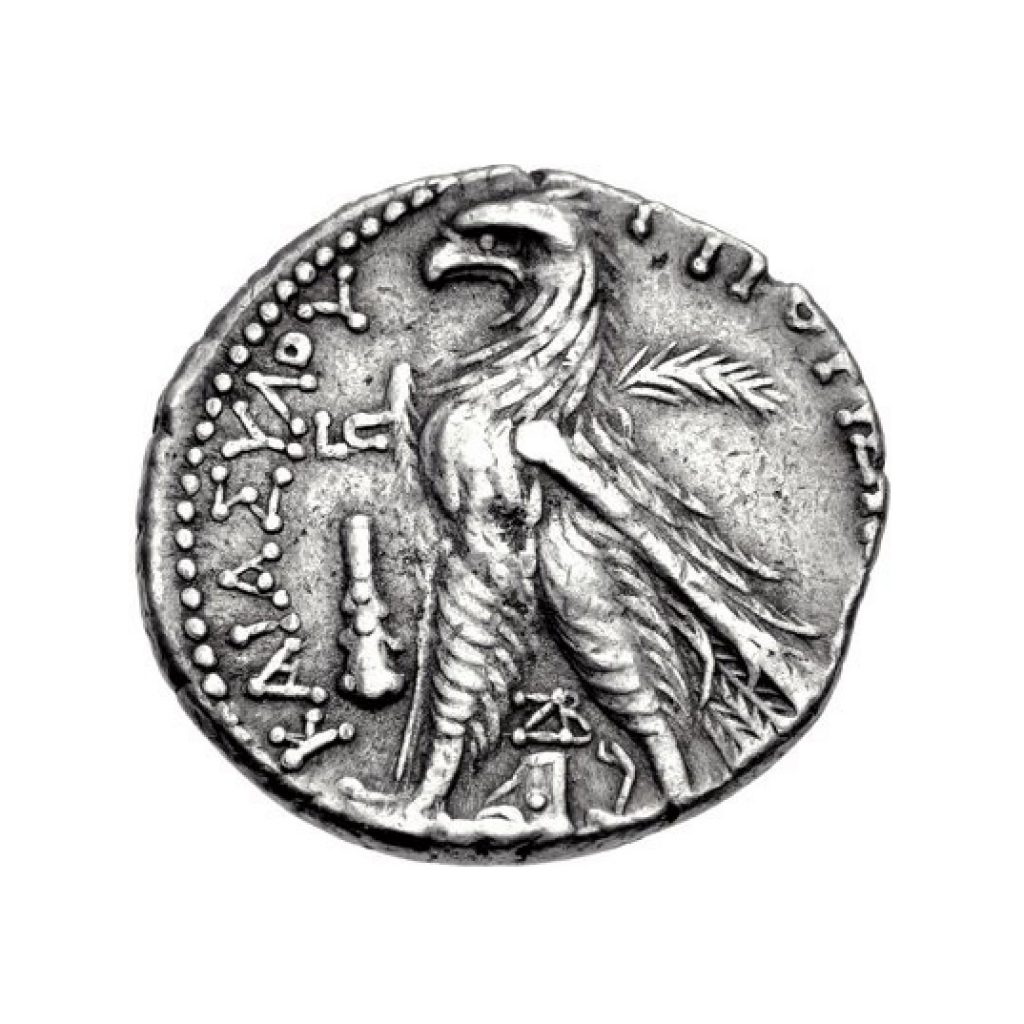
A period coin, the likes of which would have been handed over in exchange for Jesus. Photo: Oded Golan.
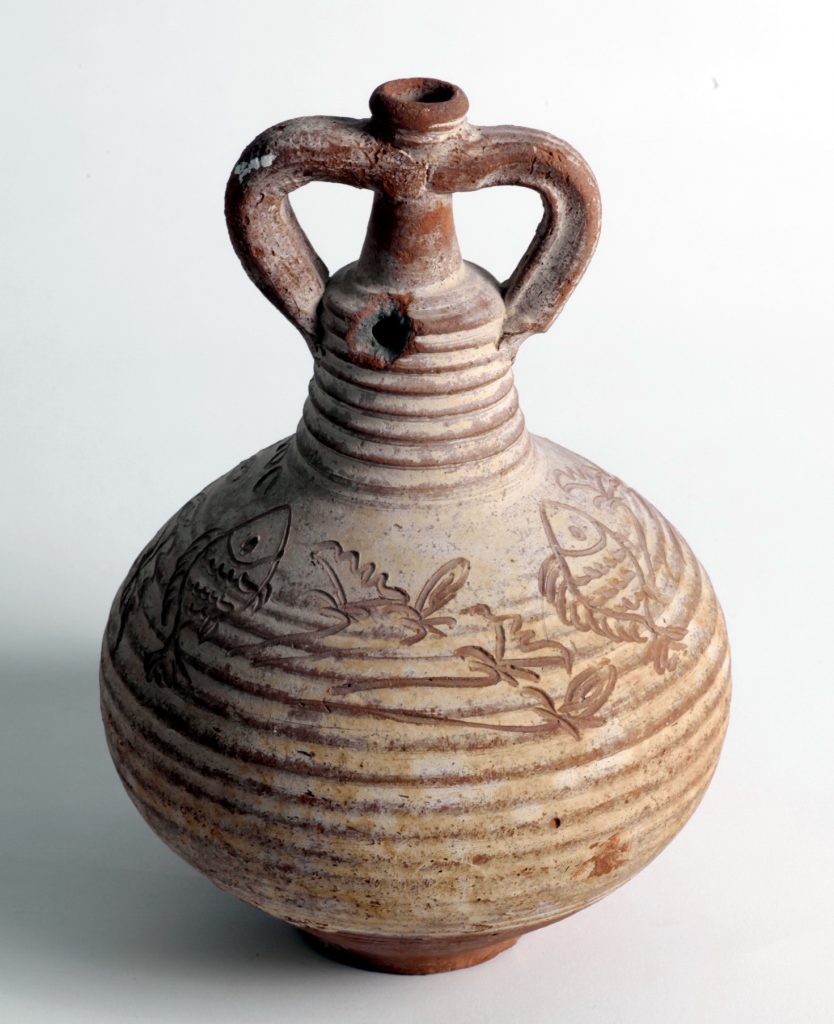
Period earthenware. Photo: Oded Golan.
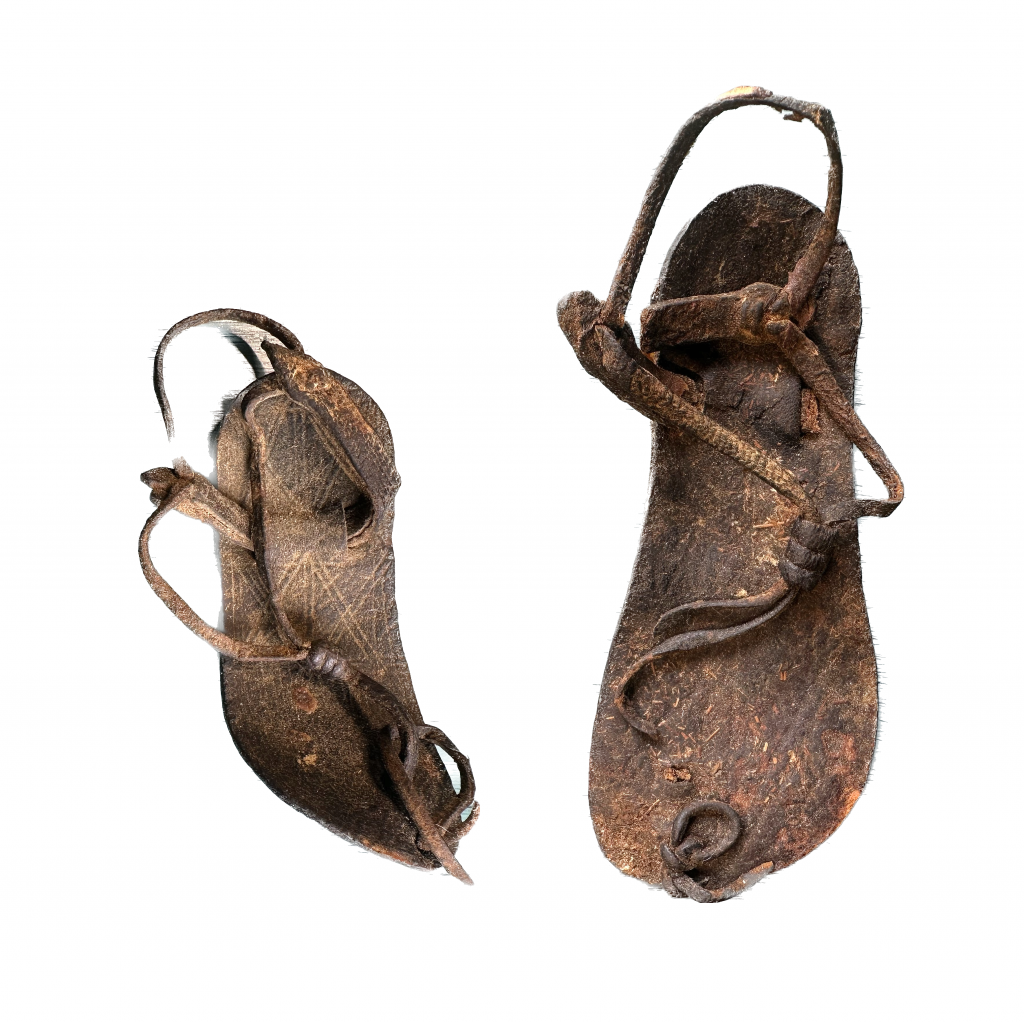
Period sandals, the likes of which Jesus might have worn. Photo: Oded Golan.
“The Nazarene” is on view at 10110 Technology Blvd. E., Dallas, through January 7, 2024.
More Trending Stories:
Four ‘Excellently Preserved’ Ancient Roman Swords Have Been Found in the Judean Desert